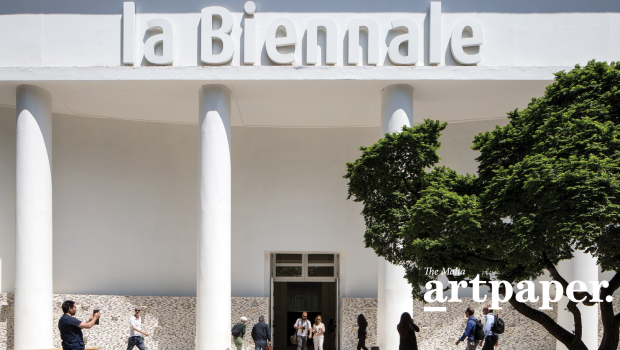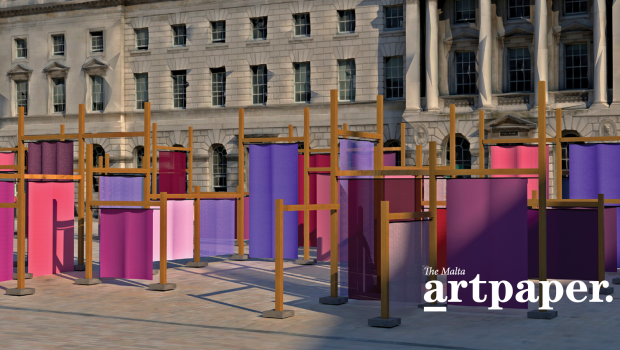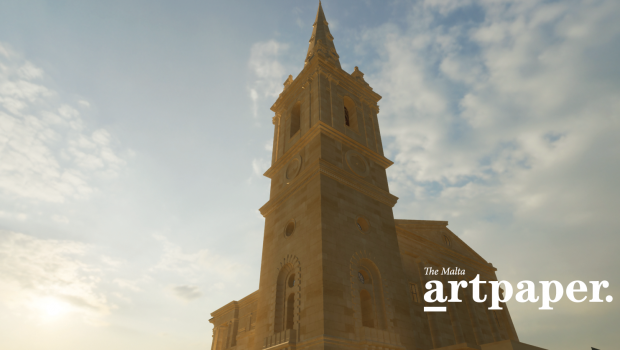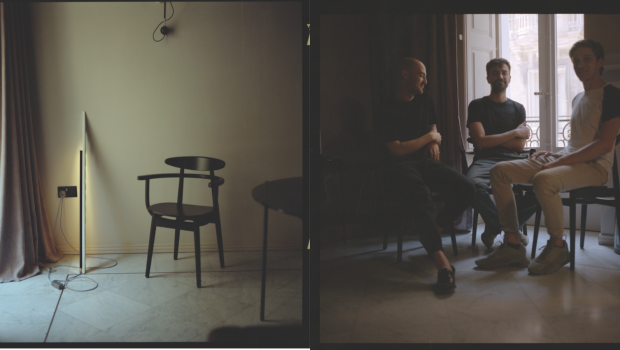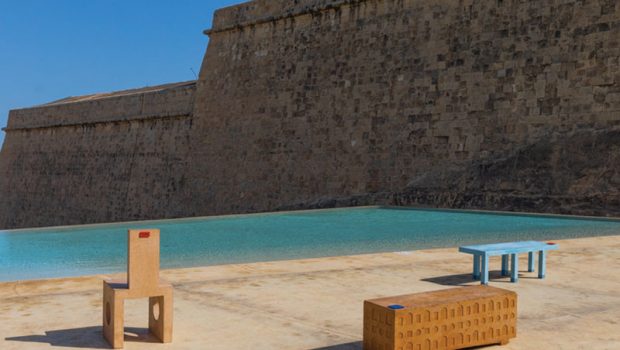Art Museums of the Future
Thoughts on Futuring Malta’s Culture Ecology
What will the art museum of the future look like and how will it contribute to shaping Malta’s 21st century cultural identity? These questions become increasingly relevant for Malta – and for Europe in general – as organised religion continues to decline and contemporary societies are increasingly faced with the need for new forms of spirituality.
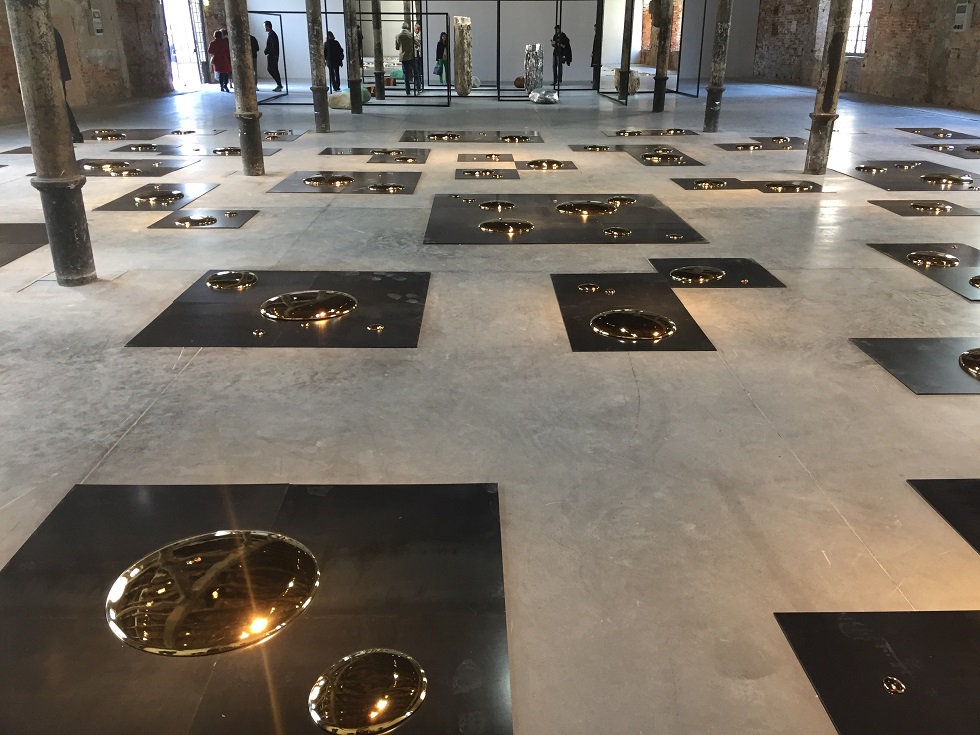
There is the belief, slowly emerging for now but sure to gain ground in the years to come, that cultural spaces such as concert halls, museums and libraries can serve as the spiritual spaces of this century. This provides but the backdrop to the constant change which contemporary societies are experiencing, as mobility is becoming the norm rather than the exception in many people’s lives, to the extent that many now acknowledge more than one place as home.
This is no alien scenario to Malta as the island’s demographics continue to be in constant flux. Maltese society can be understood as cosmopolitan, which has frequently been the case throughout history. Ignoring the existence of a hybrid and multifaceted cultural identity for Malta risks promoting exclusion especially when connections are more than ever before beyond being just Mediterranean. How the Maltese define and position themselves in relation to the rest of the world is the question to ask. Acknowledging cosmopolitanism would certainly mean that future collection patterns and trends for public and private art museum institutions may be less local and much more international. This will also certainly pile more pressure on local artists to raise the bar on the artistic output and productions. Some are known to be represented by galleries in Germany and elsewhere but these are the exceptional few. The challenge ahead, for museums and the culture sector in general, is to acknowledge less the historic in favour of the aesthetic and political.
A rethought regionalism is one possible lens through which to reinvent and rethink Maltese cultural identity. Rather than looking north to the historic centres of artistic production, there is much scope to look around especially towards the Maghreb and the Middle East, irrespective of the political turmoil, albeit relatively contained, that still makes the headlines. Artists from North Africa and the Middle East rarely feature in local galleries and exhibitions and there might still not be a market for their work. South American and Asian are much less present. Official art histories keep acknowledging the southern Mediterranean and the Middle East as being the cultural ‘other’ rather than highlighting common ground and shared narratives which go beyond the Maltese language. The Biennale in Istanbul (now in its 17th edition) and others happening in the Middle East have become prestigious platforms oftentimes challenging the status quo by inviting controversial curators to deliberately provoke. Indeed, rethinking regionalism, historically understood as a strong connection to Italy, may be a way forward. Maltese literature has done so, music too. Paradoxically, art and its institutions continue to seemingly avoid or ignore connecting with this part of the world.
New challenges require funding opportunities that are still heavily dependent on national funding. The exciting opportunities that cryptocurrencies have ushered in can also provide the much needed funding models for the culture and creative sector to operate. Malta is at the forefront in cryptocurrency legislation and the huge opportunities that this can bring to the island’s culture ecology is perhaps yet to be acknowledged. The museum and creative sectors worldwide are still observing all this from a distance. Most, particularly those with institutionalised narratives and top down approaches might struggle to tap into much needed financial support which this emerging sector can bring to the table. In doing so, these might be faced with the challenge of rethinking management models and moving closer to participatory governance which is already gaining ground. Community curation, and the transformation of traditional museum publics into participants and inhabitants, will not just be a matter of outreach. Participatory projects in the arts and creative sector may also be much more equipped to take on the challenges and opportunities of the future.
The answers to some of these questions may be with us by 2031 when Malta may once again have the European Capital of Culture title.

